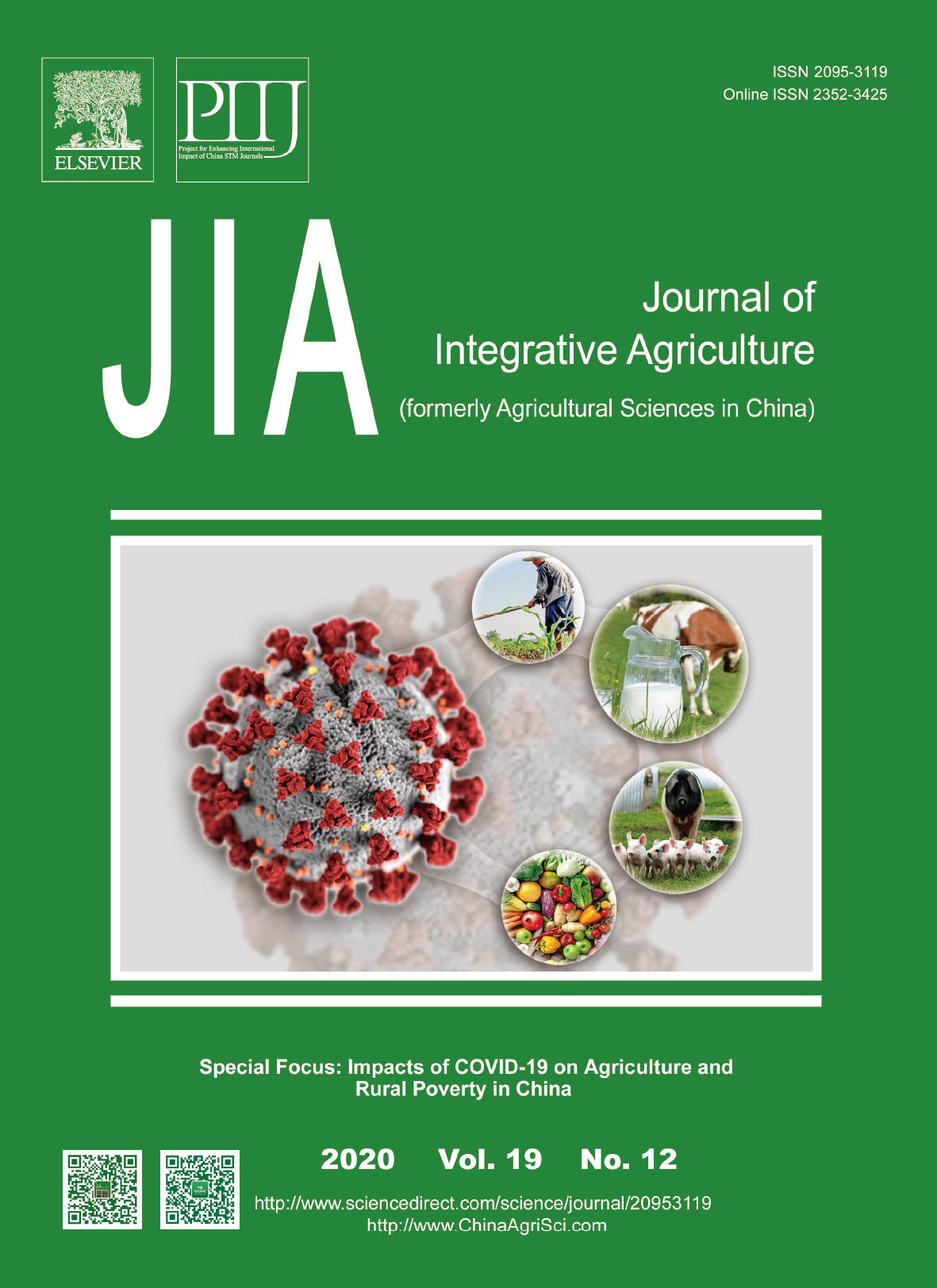Rice (Oryza sativa L.) quality depends mainly on the characteristics of starch stored in kernels. Understanding the changes in starch characteristics in kernels during variety improvement would have great significance to improve rice quality. This study was designed to investigate the starch characteristics in the kernels and associated physiological traits of indica rice varieties in the lower reaches of the Yangtze River in China in last 80 years. Eight representative mid-season indica rice varieties were grown in the field. The results showed that the grain yield was significantly increased with the improvement of varieties and such an increase was mainly attributed to the increase in total number of spikelets. The tall varieties applied in the 1940s–1950s had higher protein content, relative crystallinity and infrared (IR) ratio of 1 045/1 022 cm–1. The semi-dwarf varieties applied in the 1980s–1990s had higher gel consistency, amylopectin content, IR ratio of 1 022/995 cm–1, and breakdown value. With the improvement of varieties, the amylose content, large-sized starch granule number and volume distribution, onset and peak of gelatinization temperature, gelatinization and retrogradation enthalpy, setback value, pasting temperature, viscosity of peak, hot and final, and 1-aminocycopropane-1-carboxylic acid (ACC) concentrations in panicles and root bleeding were gradually decreased, whereas the medium-sized starch granule number and volume distribution, activities of key enzymes in grains, and zeatin (Z)+zeatin riboside (ZR) contents in panicles and root bleeding at grain filling stage were gradually increased. Correlation analysis showed that starch thermodynamic characteristics were closely related to starch structure and components, key enzymes and hormones. The results suggest that starch quality was enhanced through the optimization of starch components, structure, thermodynamics, and the regulation of key enzymes in grains and hormones in panicles and root bleedings at grain filling stage during the improvement of mid-season indica rice.
